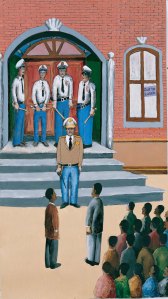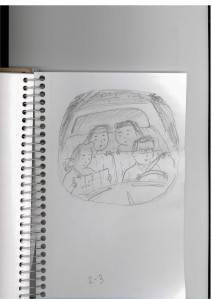Came across a link today to a terrific interview with the late, great Maurice Sendak. Authors and illustrators often wonder what the best way is to deal with negative criticism of their books, so I thought I’d share Mr. Sendak’s first-rate advice:
Interviewer: What kinds of things do children write to you about?
Maurice Sendak: Usually it’s awful, because they don’t feel the urge to write themselves—a few of them do, but usually it’s “Dear Mr. Sendak, Mrs. Markowitz said would you please send a free book and two drawings?” When they write on their own, they’re ferocious. After Outside Over There, which is my favorite book of mine, a little girl wrote to me from Canada: “I like all of your books, why did you write this book, this is the first book I hate. I hate the babies in this book, why are they naked, I hope you die soon. Cordially…” Her mother added a note: “I wondered if I should even mail this to you—I didn’t want to hurt your feelings.” I was so elated. It was so natural and spontaneous. The mother said, “You should know I am pregnant and she has been fiercely opposed to it.” Well, she didn’t want competition, and the whole book was about a girl who’s fighting against having to look after her baby sister.








